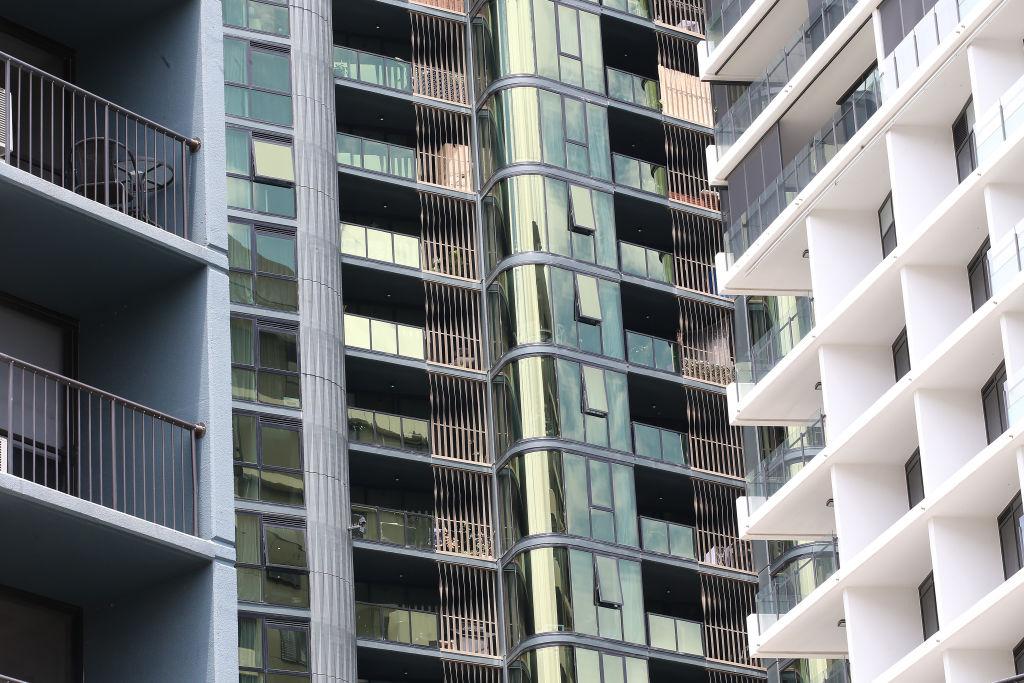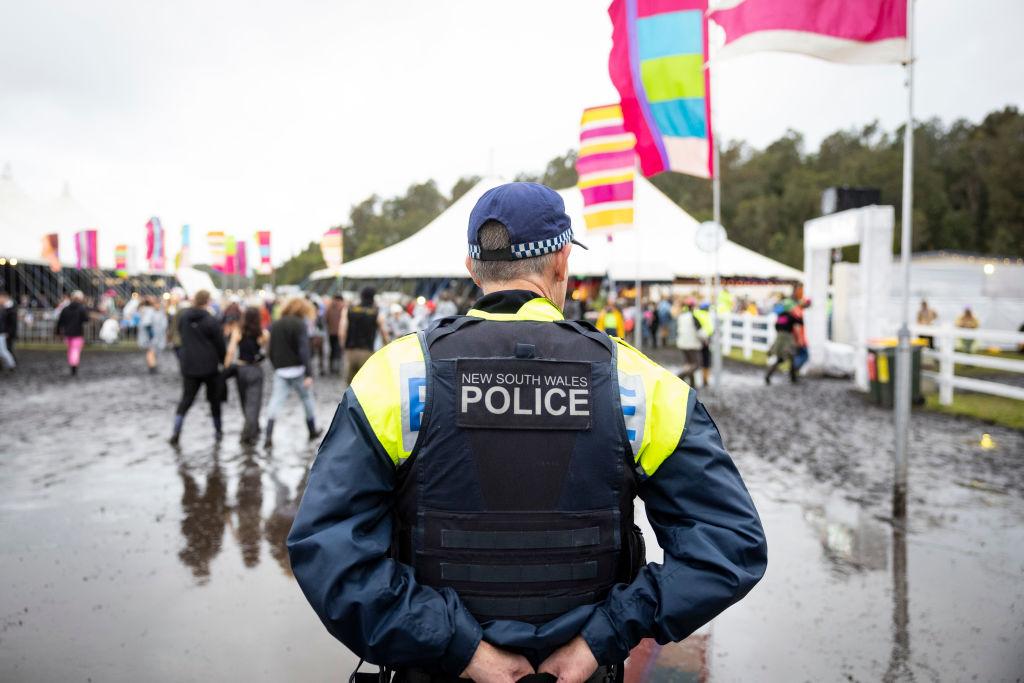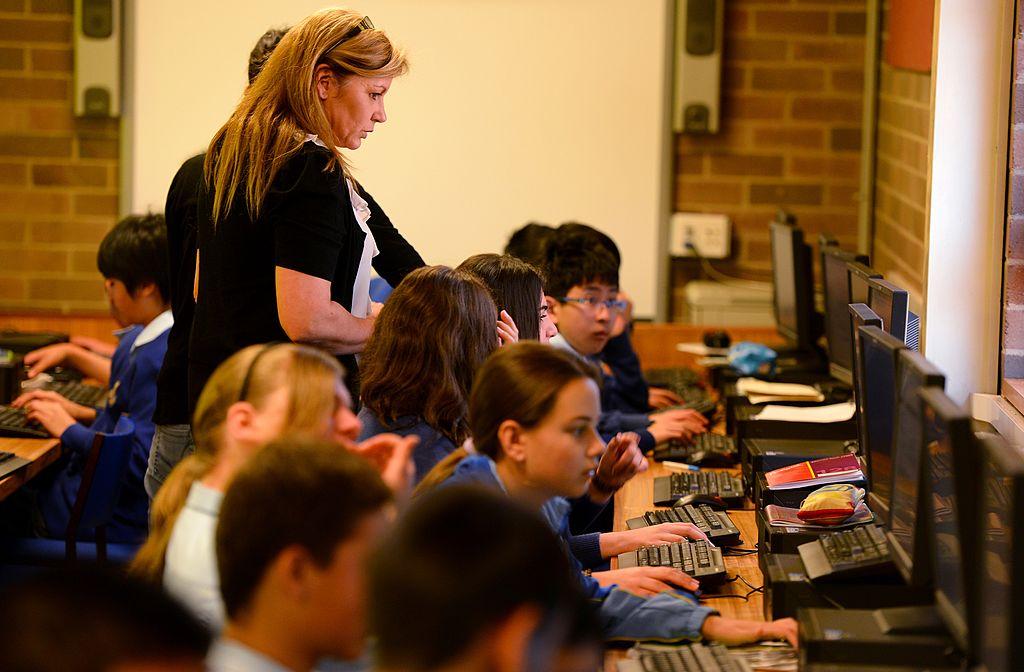Surging interstate migration has propelled Brisbane’s average dwelling price above Melbourne’s, marking a significant shift from its previous reputation as a “poor cousin” to the southern capitals.
Since the onset of the pandemic in March 2020, the average dwelling price in Brisbane has surged by 50.2 percent from $500,000 to around $787,000, surpassing Melbourne’s average for the first time since July 2009 by $7,000.





